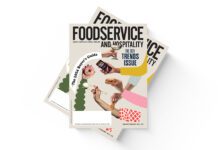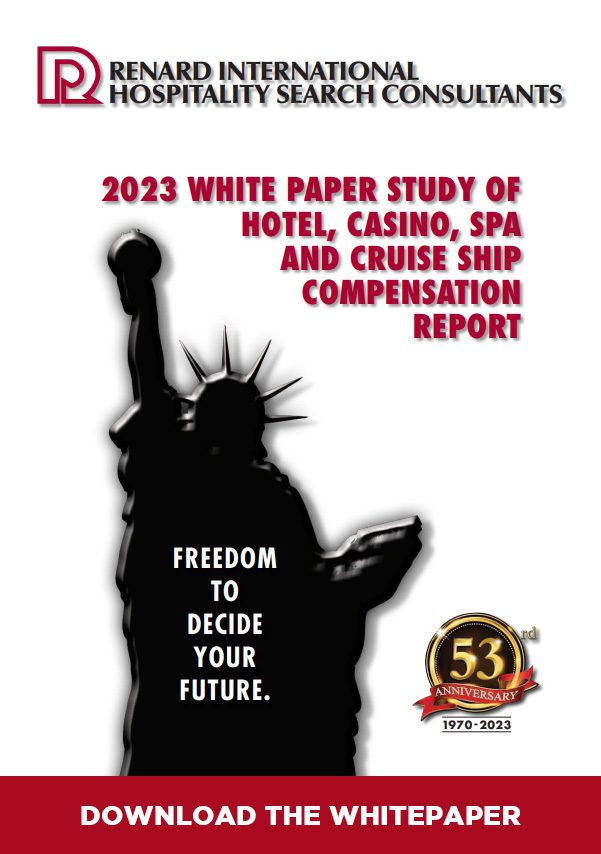In this time-strapped society, Canadians from coast-to-coast are increasingly left asking themselves “what’s for dinner?”
According to new research released jointly by Nielsen and The NPD Group, the majority of dinner meals are cooked and consumed on the same day. However, when the temperature dips and snow begins to fall, preparing a fresh, quality meal often becomes the last thing on our minds. In fact, three-quarters of Canadians feel preparing dinner is ‘a chore.’ Not surprisingly, restaurant delivery is a popular option when convenience is key and time is lacking, but affordability is a challenge with this option.
As a result, Home Meal Replacement (HMR) is a growing trend for dinner as retailers improve access and offerings to these alternative meal options. According to the 2018 Eating Patterns in Canada Report, 38 per cent of Canadian households have purchased an HMR dinner meal in the past year. As in restaurants and food retailing, dealing is a key component of these occasions, with more than one-quarter of all visits including some sort of a deal. Despite this discounting, spending is up seven per cent overall and average spend-per-trip has also increased.
What’s Hot in HMR?
Chicken and pizza are the most popular menu items within the HMR category. However, consumer demand for variety has given rise to opportunities in ethnic
cuisines, side dishes, soups and other protein offerings.
Given its focus on speed, convenience, quality and price, it’s no surprise HMR is competing most directly with quick-service-restaurant occasions. HMR visits are most popular among families and singles due to the convenience (most meals are available ready to eat or require minor preparation). But, like restaurant meals, HMR supper occasions rank low for affordability — those who compare HMR offerings to shopping and preparing a home-cooked meal will undoubtedly find the cost tough to muster — especially if HMR visits occur several times per week.
To combat this, many consumers are beginning to utilize HMR food purchases to fulfil multiple purposes. For example, more than half are combined with another item to create a complete meal occasion. Furthermore, purchases are increasingly being stretched over multiple occasions.
As access, pricing, quality and variety continue to improve, it’s not unrealistic to expect growth in the HMR category to hit double digits this year.
The 2018 Eating Patterns in Canada Report was released jointly by Nielsen and The NPD Group. The findings of a custom survey focusing specifically on supper meal occasions with a deep-dive investigation into HMR (Home-Meal-Replacement solutions purchased from food retailers) was fielded to 4,529 panelists. This data was then combined with data from The NPD Group’s CREST survey and the Nielsen Homescan Panel to provide a comprehensive view into Canadian’s attitudes and perceptions about the supper meal occasion and, specifically, the HMR segment of this market.
Written by Robert Carter




![Redberry Restaurants Becomes Canada’s Area Director for Jersey Mike’s Subs Expansion Redberry Jersey Mike’s Subs - Paul Pascal (left), director of Operations, and Stephen Scarrow (right), senior Marketing manager]](https://www.foodserviceandhospitality.com/wp-content/uploads/2024/04/Redberry-Appointments-218x150.jpg)













